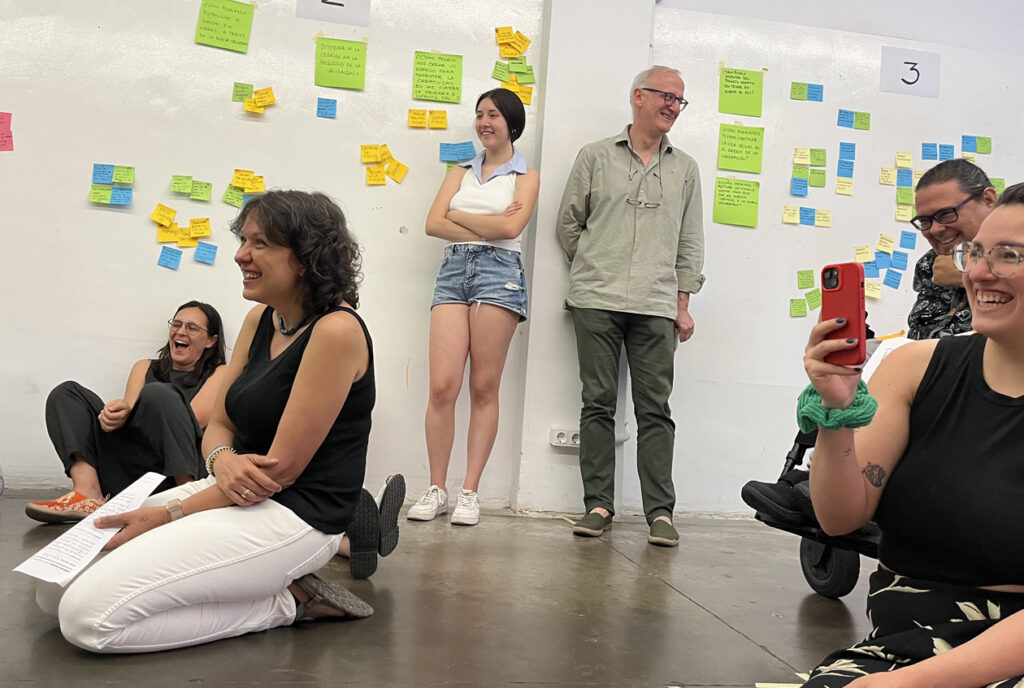
Imagination is fun and magical! Just think Willy Wonka & the Chocolate Factory or any of Pixar movies – such as Finding Nemo. The good news is that everyone can imagine; this is our capacity to construct mental representations of concepts, things, people, or situations that do not exist. We are engaging with our imagination every day, both intentionally and unintentionally, when we are alone or with friends, but we don’t realize it. For instance, when you are planning what to eat for dinner, what to wear in the morning, daydreaming about the future, rehearsing what to say to your students or preparing for a meeting. Time traveling into the future or past (remembering) and empathizing are also examples of using our imagination.
Interestingly, each time I explain the focus of my work – link between imagination and emotional well-being – I can see people’s curiosity in their eyes, followed by questions like: That sounds fascinating…What do you mean? What do you mean by imagination?
I explain that there are two broad types of imagination: one called reproductive imagination which we use daily to generate ideas, plan, and make decisions. These imaginings are based on recombinations of past situations we have experienced or seen. The second type is productive imagination which, unfortunately, we tend to use less as we grow up. To engage in productive imagination we need to generate ideas from things or situations that we haven’t experienced or perceived. In other words, we need to intentionally break with constraints from reality and challenge what we know about the world, social constructs, and moral norms.
The amazing thing about practicing productive imagination is that we can escape reality and even travel to a different time and world, and we get to be who ever we want to be. When we understand the difference between these two types of imagination, we start recognizing how little we use the latter type. It also helps us understand how freeing and hopeful it could be to embrace thinking more expansively and without constraints. We start reconnecting with the joy and magic we used to experience when we were younger playing alone.
Imagination & Happiness
Imagination and happiness are deeply intertwined – particularly when we imagine positive scenarios. Positive emotions, like optimism and hope, broaden our cognitive flexibility and encourage us to think about new combinations that enrich the quality of ideas we generate. In the same way, when we imagine uplifting futures, our mood lights up and we think we can conquer the world. In contrast, when we are angry, frustrated, or sad our thinking constrains and narrows; engaging in positive imagination gets harder. In this case, most of the ideas are about catastrophic futures or ideas related to current trends (AI conquering humanity, AI taking up all the jobs).
Despite the benefits and people’s enthusiasm when they learn more about the power of imagining beyond the status quo, imagination is still regarded as a frivolous ability and hard to find research funding for. Lack of understanding of what imagination involves contributes to this view. Furthermore, many people see imagination as a synonym of creativity (or art), when they are two different cognitive abilities. This is why it is imperative that imagination and creativity are clearly explained and distinguished.
Cultivating positive emotions and deepening our inner-growth can help us reconnect with our imagination. The more we know about ourselves and our internal barriers to thinking without constraints, the more confident we will feel to think differently and take risks. Similarly, having an optimist mindset makes it easier to engage in positive and hopeful idea generation.
Reverting the current individual and collective imagination crises would have significant positive impact on both people’s lives and the future of the planet.
One response to “Imagination Lights People Up”
[…] futuring, manifestation, and visualization — and some creativity techniques too. By fostering imaginative thinking, the goal of these activities is to build the habit of dreaming and reframing to cultivate positive […]